Lessons for Life
It’s the beginning of January, which means gym membership sign-ups are peaking, budgets are being reassessed, and half-full cigarette packs are getting tossed in the trash. While some new year’s resolutions don’t stick around long enough for the ice to thaw by Spring, a new calendar cycle will always present an enticing, much-welcomed occasion to reflect and restart. Departing from the simple pledges of improved diet and exercise, we asked artists and musicians for their wisdom: what lessons would they impart, from their own lives and tribulations, for today and the rest of the year?
–– The Editors
***
Abdu Ali on How to Follow the Light
We usually only refer to ‘following the light’ when one is on their deathbed. But that’s not the only time the light appears. The light is your angels, your ancestors, your cunning, your intuition. It is spirit and it feels icy yet warm, distant but soothing, strange yet familiar. The light is the moment fate and destiny collide. When you see light, the gates of the universe open. And infinite possibility excretes from the cosmos.
But here is the thing, a lot of artists do ignore the light. And it’s not all our fault. Fear, capitalism, white supremacy have done wonders to disrupt our relationship with light. But as artists, we must fight the opposition that keeps us away from light at all costs. Because the light is truth, it grants us autonomy and helps us move in life, through our work with divine intent. So when you’re in a sticky, or cloudy, or even violent situation, be still, close your eyes, scrub the wool off your crown, and find the light, embrace it, and unapologetically listen to it.
***
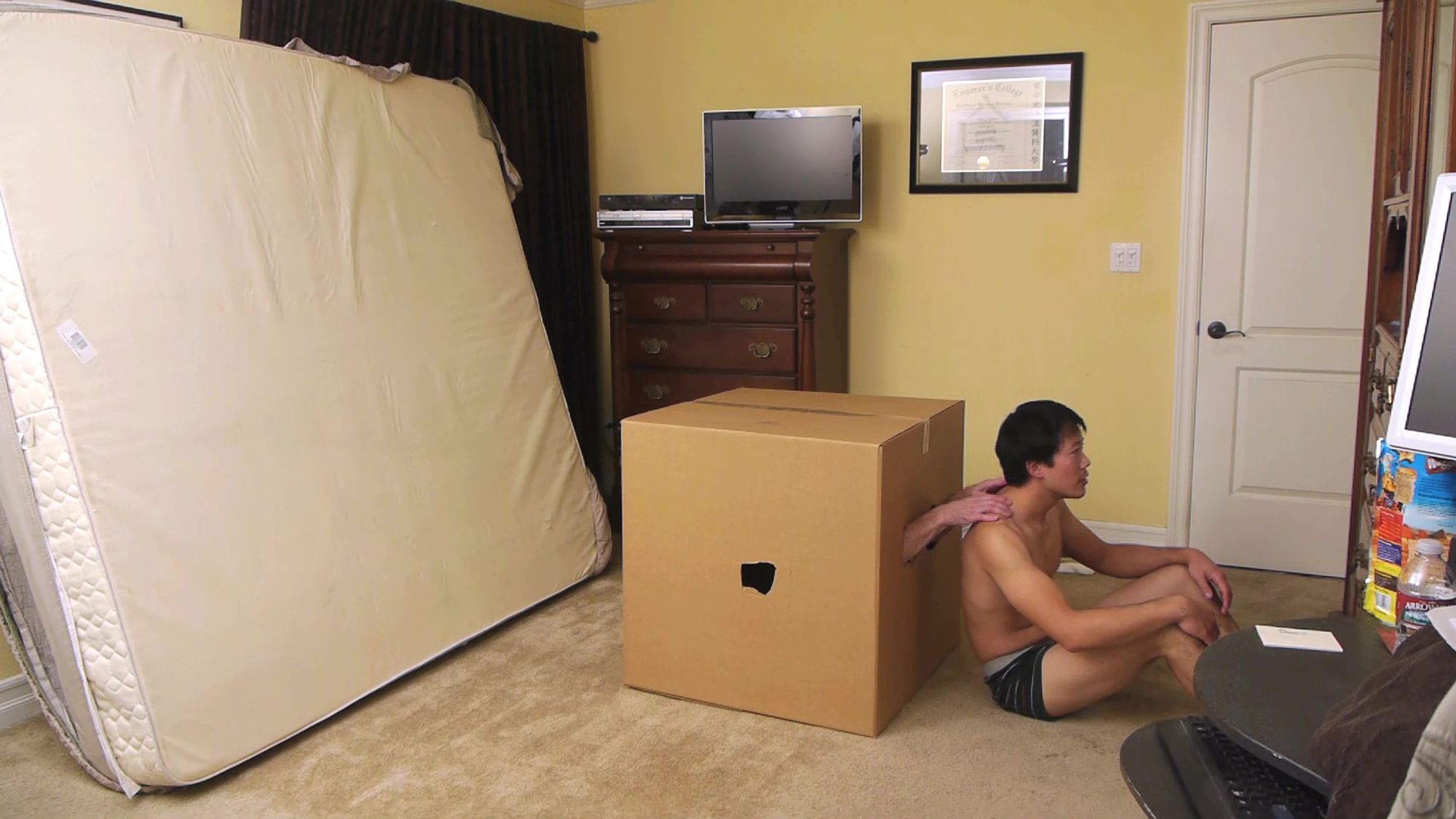
Kenneth Tam on How to Use Craigslist To Find People To Appear in Your Art Videos
- Make sure to include the word ‘PAID’ in all caps in your title, but leave out the exact amount.
- In the main body of the post, describe yourself as an artist, but avoid adjectives like ‘experimental’, ‘avant-garde’ or ‘conceptual’.
- The tone of your writing should be friendly, but not too friendly. You don’t want to sound like you’re setting up a “casual encounter.” Unless that's actually what you’re trying to do.
- Remember that you will likely come off a little creepy, or appear to be a weirdo, but at least you sound professional.
- If a Zoom call or public meeting place isn’t possible, suggest meeting at their home. It at least gives the other person some sense of having the upper-hand.
- Before you meet them at their home, make sure someone knows where you’re going.
- Be prepared to be stood up.
- If you’re not stood up, be prepared for anything and go with the flow!
***
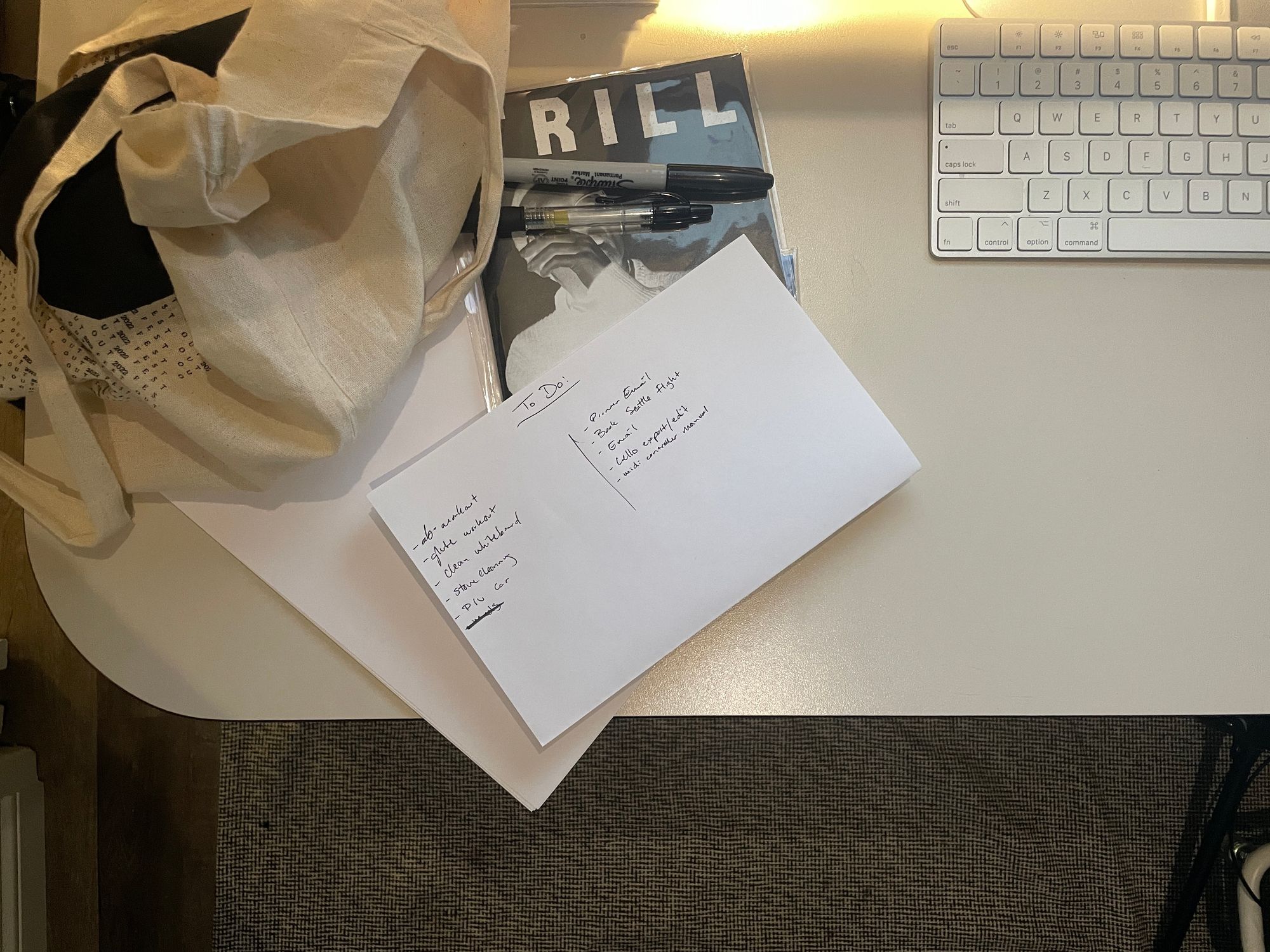
Claire Rousay on How to Make a Balanced To-Do List
Every morning I grab a pen and piece of paper and make my daily To-Do list. Whether at home or while traveling, I make it the same way each time. I draw a vertical line down the middle, dividing the paper into two columns. “Work” goes on the left and “Home” on the right.
These categories are broad, but intentionally so. I believe that depending on the day, there is a flexibility to what I could consider work and what I may consider a domestic task. I fill in the Work column with tasks like "practice live set" or "Zoom meeting at 1pm." The Home column typically includes things such as "sweep floors" and "walk the dog."
Seeing these tasks side by side helps me keep a healthy work-life balance. I feel less stress when I prioritize Work and Home equally. The lists do not need to be completed each day. There is always a new morning. There will always be a new list.
***
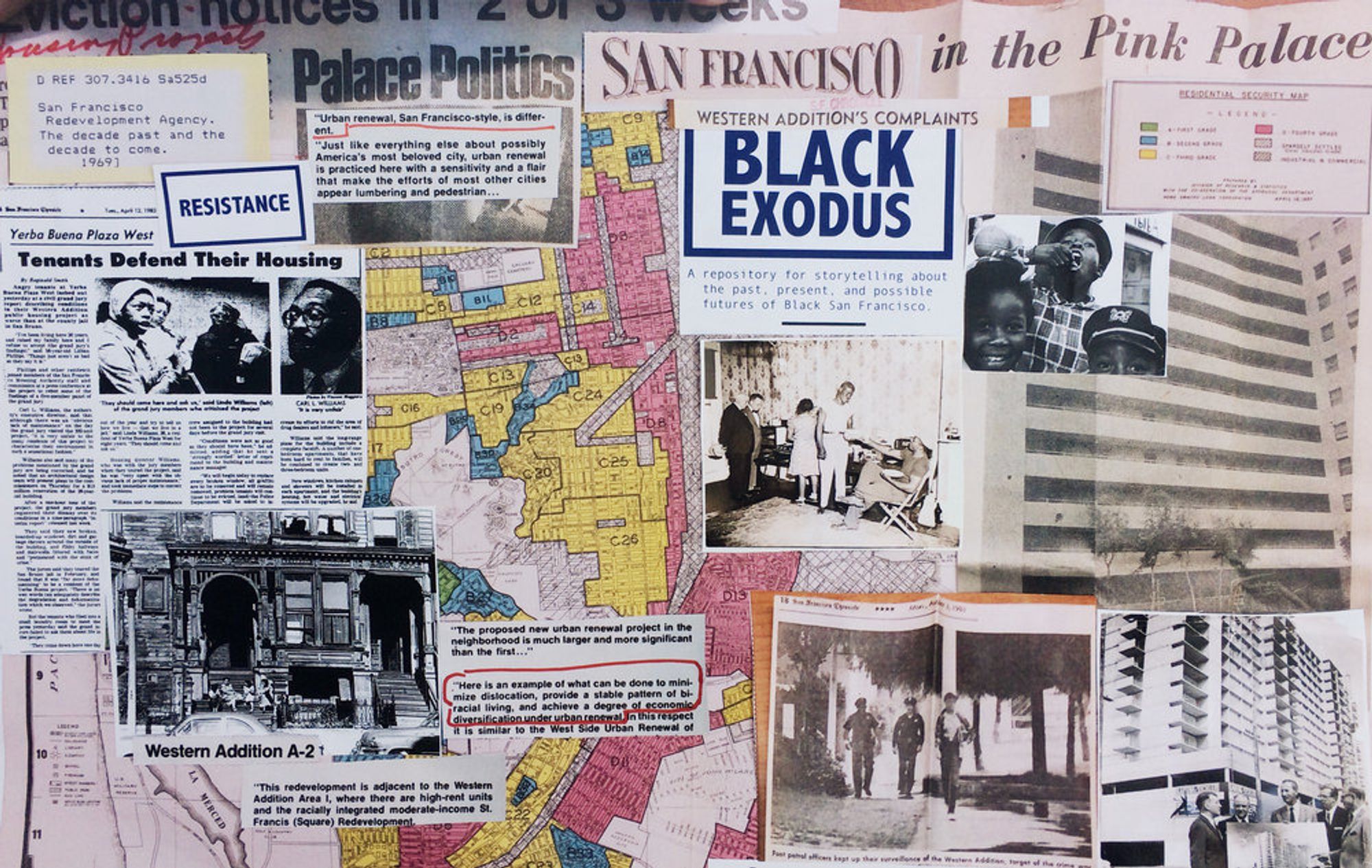
Ariana Faye Allensworth on How To Develop Community Design Principles
I’m a participatory artist, designer, and researcher with interests in spatial justice and belonging. I’m also a long-time member of the Anti-Eviction Mapping Project, a collective that uses data-visualization, cartography, and storytelling to document dispossession and resistance against gentrifying landscapes. Before starting any project, my collaborators and I create design principles, a set of actionable guidelines that help steer intentional concept-development and iteration. Here are a few that I’ve applied to past projects:
STORYTELLING FROM THE MARGINS
Recognize the power dynamics within knowledge production and break the monopoly on who gets to be the “expert.”
- Try something like… create clear moments of co-design before, during, and after the project.
CONSENT IS ONGOING
Provide communities agency in telling their story through a “double consent process,” in which narrators have the opportunity to review interview material before it’s shared, and can request anything be taken out or not published altogether.
- Try something like… include a double consent clause in all project release forms.
DESIGN WITH, NOT FOR
Commit to co-designing with communities most impacted by the issues we’re seeking to interrupt. Create intentional time to build, steward, and cultivate authentic relationships.
- Try something like… create spaces for tenants to share the stories, ideas, and passions that they want to spread, in mediums and channels that matter to them.
***

Johann Diedrick on How to Get Out of the Way of Your Own Good Ideas
You already have many good ideas inside of you. The problem is that these good ideas are in the back of a line, with many bad ideas in front. An artist desires to get out as many good ideas as they can, right? So how do you do this? By getting rid of the bad ideas as fast as possible.
You are here, reading this now, in the present moment. In an imaginary queue, perhaps lining up behind your future self, are your bad ideas to come. Further back are your good ideas. Get all of the bad ideas out of your head, into the world, and move on from them as quickly as possible. Then your good ideas, which have been waiting behind them, can have the opportunity to arrive.
***
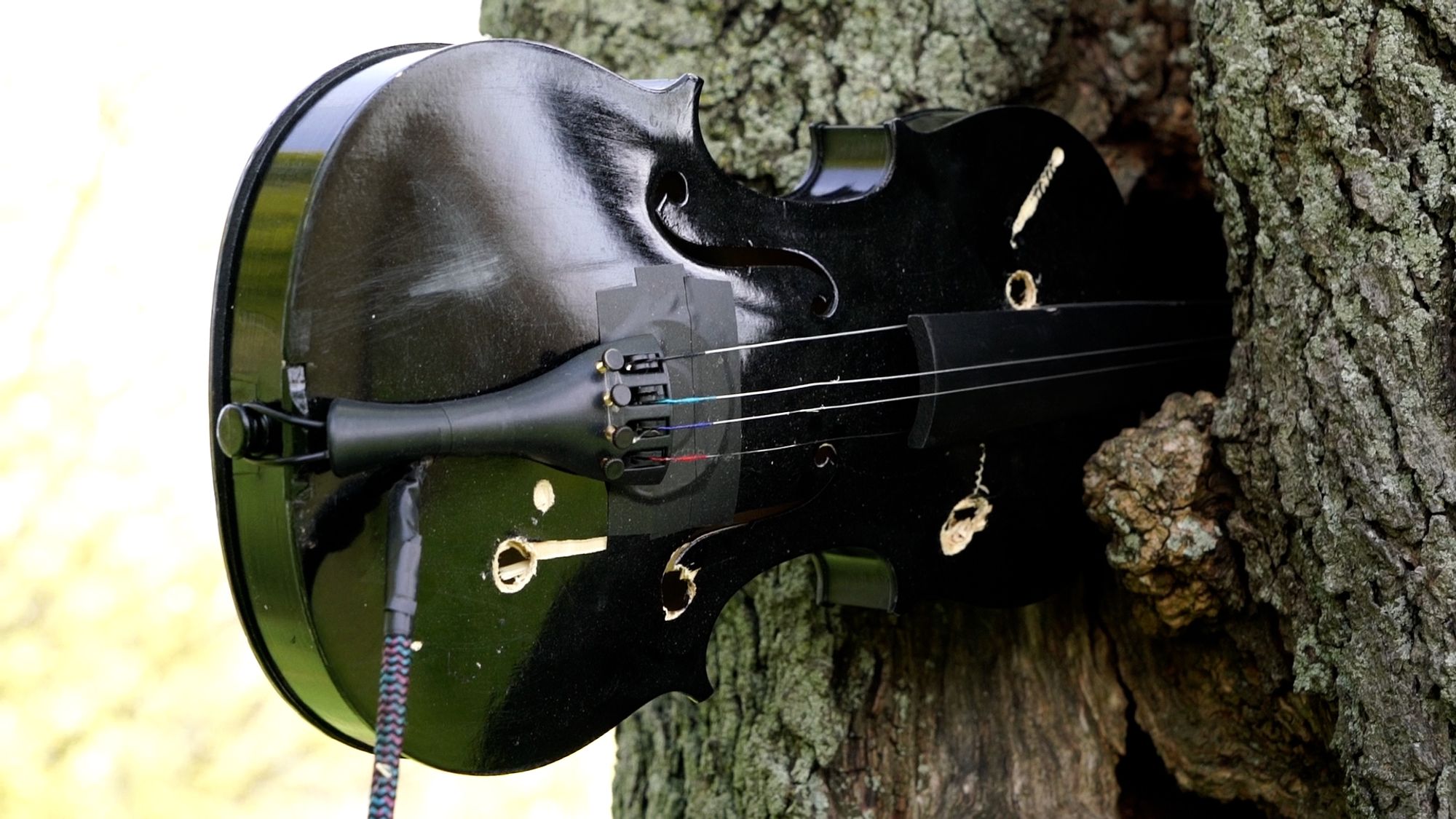
MV Carbon on How to Approach the Transmogrification of Art and Ideas
Loath some and Love some.
Construe and Reduce.
Boil It Down. What remains? The Essence.
Stir It Up!
Stagnation is not an option.
Leave a Trace.
Perceive Form Shifting in Space.
If It’s not Shifting, Twist It, Warp It, Skew It.
Shred, Mutate, Regenerate.
Deliberate.
Expose, Share, Dare.
Burn Candles on Both Ends.
Mend.
Water Bridges.
Flaunt, Whittle, Carve.
Don’t Starve.
Pay Mind.
Honor the Essence of Imagination.
Ask, What does It Stem from?
Hold Space and Rhythm.
Douse, Alchemize, Resonate.
Investigate Notions.
Embrace the Motions.
Influence, Inspire.
Exercise, Exorcize.
Embellish ImPerfection.
Find the Intersection.
Discipline, Deliberate, Feel.
Make a Deal.
***
Jaimie Branch on How to Play B Flat on the Trumpet
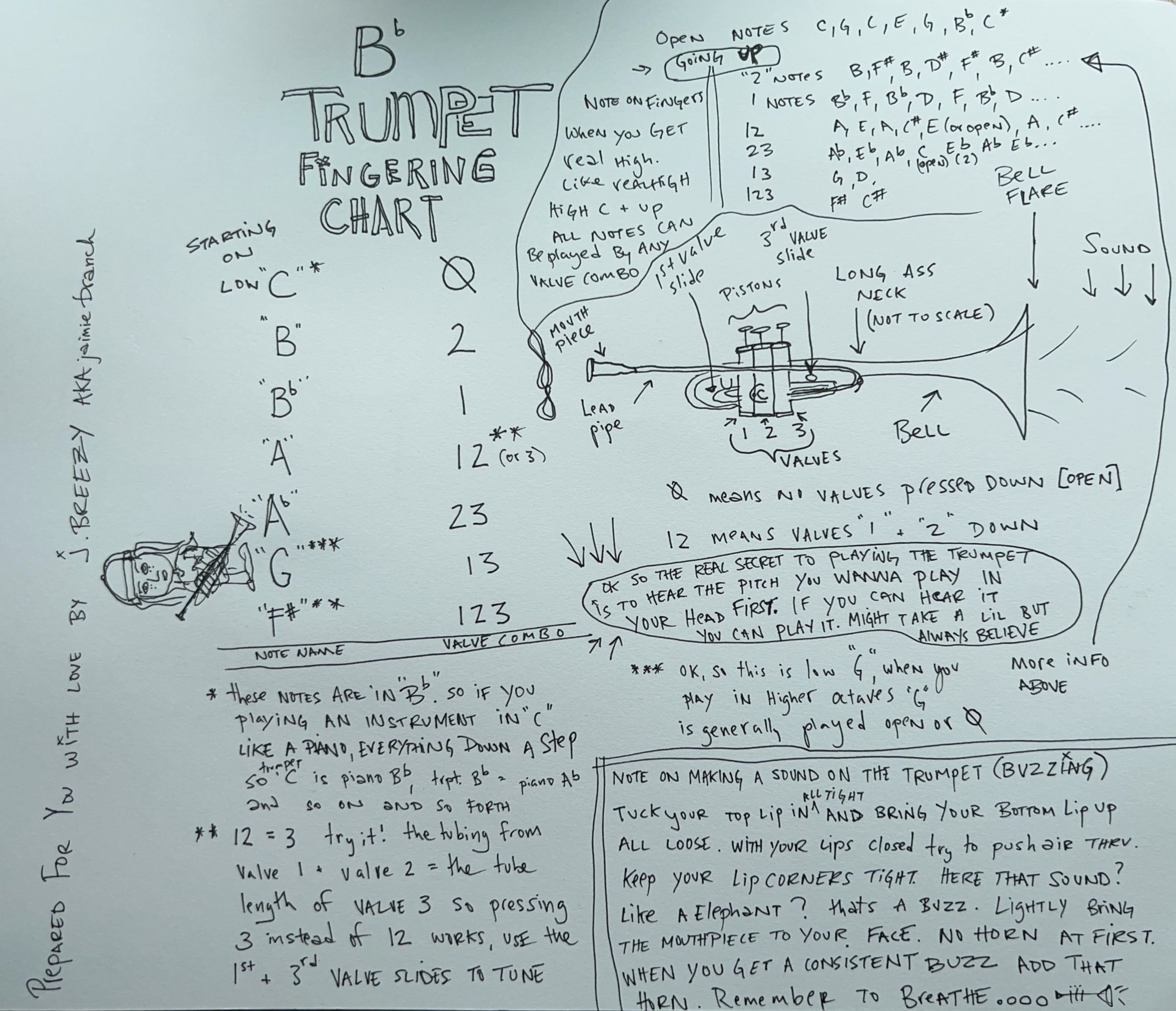
***
Amirtha Kidambi on How to Un-internalize That Unholy Trifecta
Dear artist,
Do you find yourself spiraling as you scroll through Instagram, reading posts about so-and-so winning the Guggenheim, who’s-it going on so many tours and playing all the big festivals and gigs, what’s-their-name getting press in the big name hot shot magazines, or you-know-who piling on the artist residencies, signing with cool labels, selling tons of records, and working with an agent and manager who takes a big ol’ bite out of their artist fees?
I’ve been there, and I’m here to gently remind you that these moments of unraveling are brought to you by white supremacy, capitalism, patriarchy. Yes, it’s true, those systemic power structures which you so loathe, are also the standards by which you judge your self-worth! Even though you objectively know that these things have nothing to do with being a good artist. And guess what, social media is dousing these already inflamed feelings with more gasoline. So. Take. A. Moment. Breathe. Picture bell hooks’s smiling face in your mind. Reconnect with your inner socialist and anti-colonialist. Channel your ancestors, and know that you are an artist, doing your thing, in your own unique way, with vision, clarity and integrity, in mutual, loving, reciprocal, community with others, and that’s all that matters.
Xoxo,
Amirtha
***
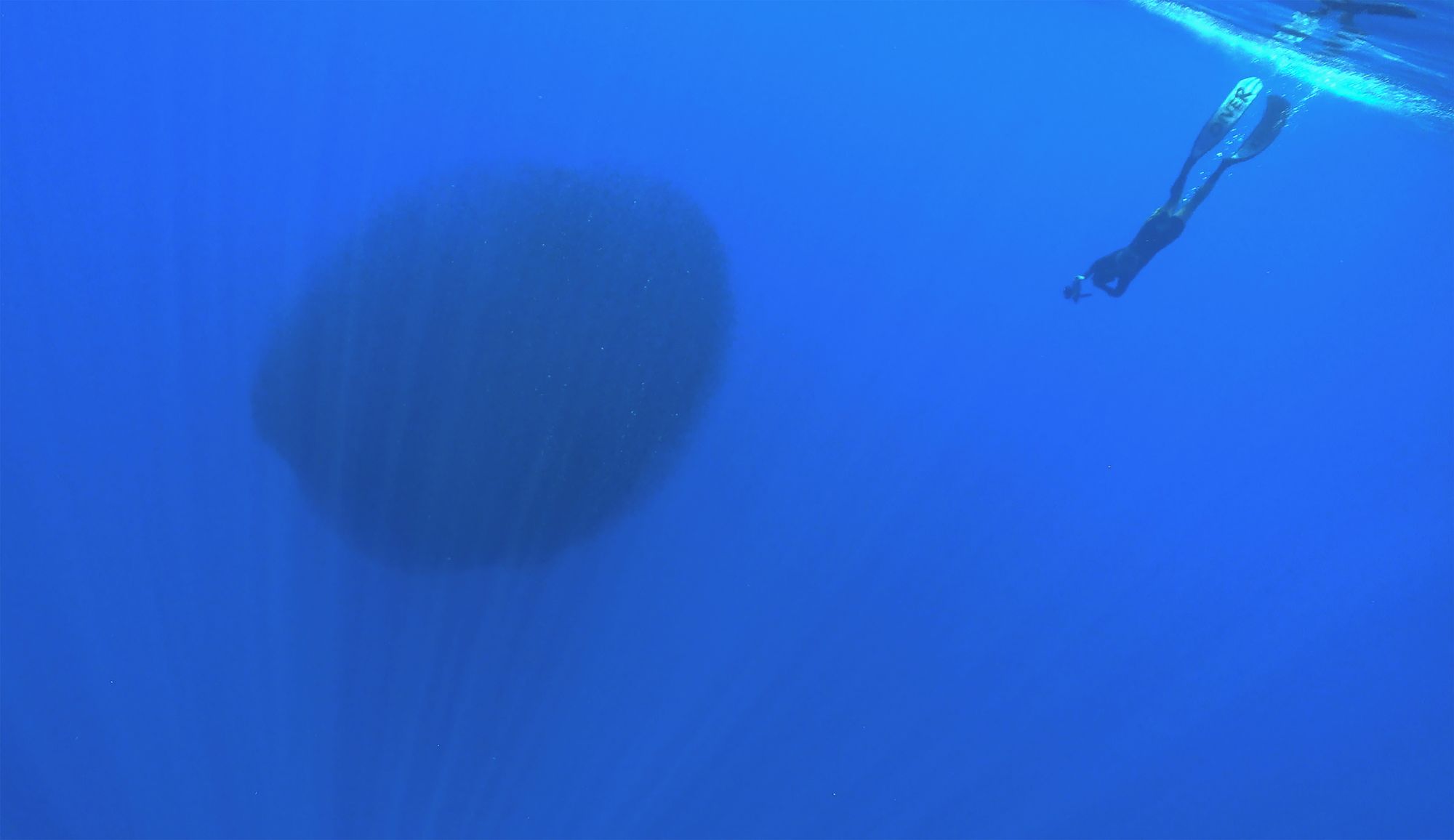
Miho Hatori on How to Dive Into A Parallel World
Roughly translating to “parallel world” in Japanese, Isekai is a term that is commonly used in anime, manga, and literature to describe a story in which a person finds themselves in a radically different universe.
Nowadays, tech developments like video games and Web3 allow us to explore many virtual worlds. But though we may enter these worlds through our brains, we can’t enter them with our bodies.
I propose a way to enter Isekai with both the brain and the body: Offshore Freediving.
- Find a snorkeling or freediving mask (if you want, longer fins are a great addition to help descend deeper, and also fight any current that could be very strong––often more than you realize). Don’t forget a rash guard for protection from the intense sun and jellyfish.
- Go to the tropical ocean. (If you're not in a tropical place, you'll want a wetsuit, as it can get chilly underwater offshore)
- Get a boat to go offshore, where you can’t see land. (the best is a private boat with people you actually like and trust)
- Drop in and float in the middle of nowhere. (I don’t recommend scuba diving for this! Scuba relies on tanks, regulators, buoyancy devices, and other excessive gear. It relies upon too much human technology, and it suppresses your ability to feel the betweenness. The point is to use your own body to dive into another world.)
- Feel all the possibilities and limitations of your body in the water.
This is one way to enter a parallel world with your mind and body. As a result, you might discover something new about yourself.
***
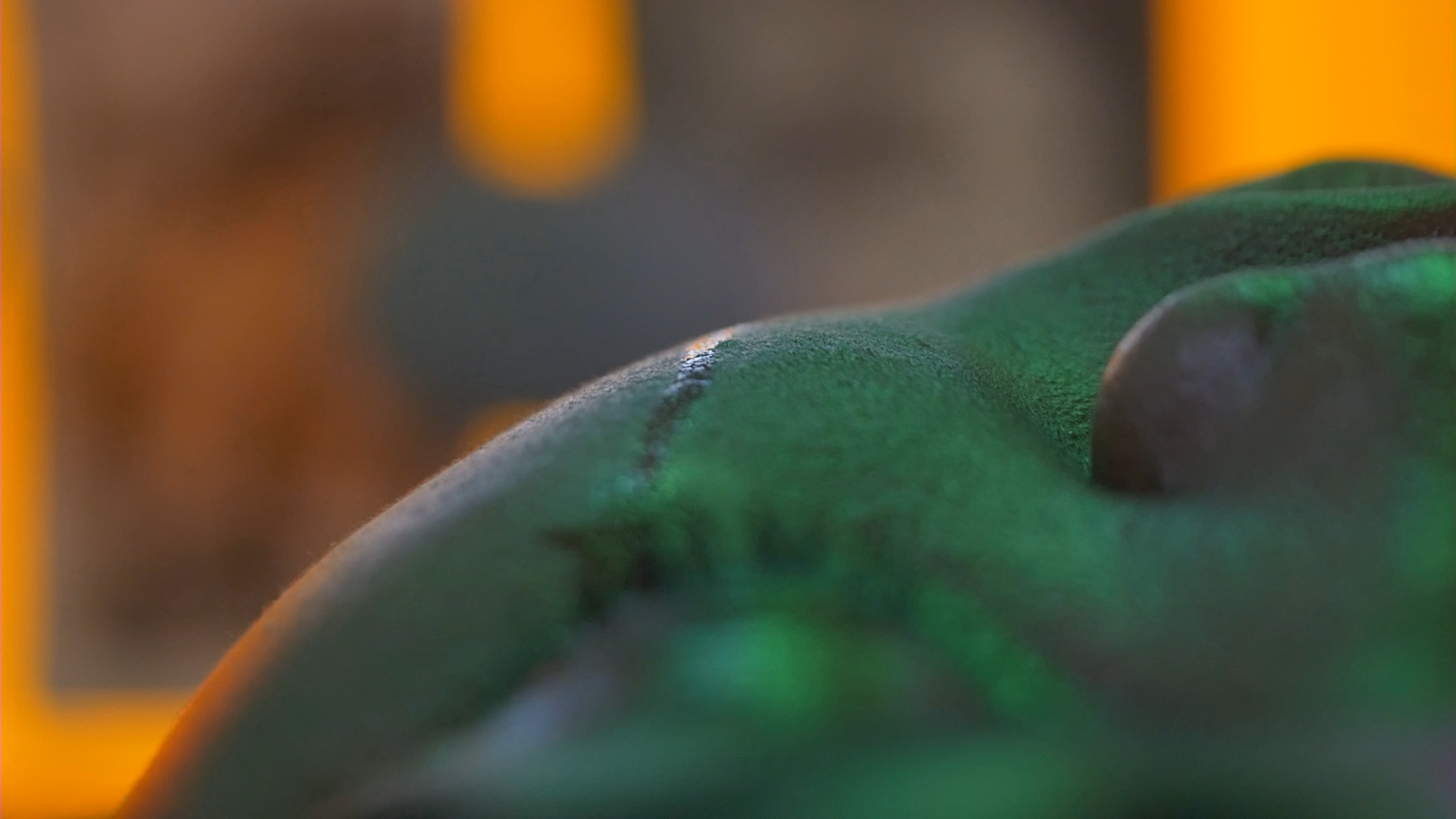
Autumn Knight on How to Be Happy
- Don't define what happiness is.
- Do not give a fuck.
- Do not take How To lists very seriously.
- Don’t.
- Do let your audience come as they are.
- Don’t let them see you sweat.
- Do fling your sweat on their faces.
- Don’t value happiness.
- Do think about how happy you could be.
- Do. ♦
Subscribe to Broadcast